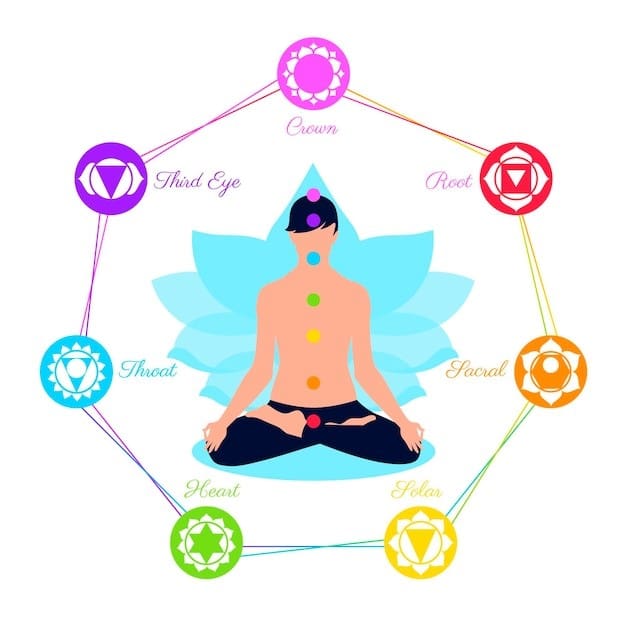Tired Of Feeling Out Of Sync? Why Holistic Wellness Is The Key To Achieving Utmost Happiness!
November 18, 2024 | Holistic Wellness Solutions
Are you someone who has tried various methods to feel better, but still struggles to maintain long-term balance? The truth is, true wellness isn’t just about physical health; it’s about aligning every part of your being—mind, body, and spirit. In this article, we’ll explore the foundations of holistic wellness, what it truly means to be whole, and how you can approach healing in a more integrated way.
What Does It Mean to Be “Whole”?
Being “whole” means more than just being free of illness or discomfort. It’s about nurturing all aspects of yourself so that you can live in a balanced, healthy state. Holistic wellness is the understanding that mind, body, and spirit are interconnected. When one area is out of balance, it can affect the others. True wellness involves addressing each of these areas and working towards alignment.
According to the World Health Organization (WHO), wellness is a state of complete physical, mental, and social well-being—not merely the absence of disease. A holistic guide to wellness encourages you to approach your health from a well-rounded perspective, incorporating practices that nurture every part of your being.
Pillars of Holistic Wellness
There are several key pillars that support holistic wellness. These pillars are interconnected, and when you focus on nurturing each one, you create a strong foundation for overall well-being.
1. Physical Health: The Foundation of Your Energy
Your body is the vessel that carries you through life, and physical health is the cornerstone of holistic wellness. Proper nutrition, regular movement, hydration, and sleep are essential for maintaining energy levels, building strength, and preventing illness. A study from the Mayo Clinic found that regular physical activity can reduce the risk of chronic diseases, improve mood, and increase longevity.
2. Mental Clarity: The Power of a Focused Mind
Your mind plays a significant role in your overall well-being. Mental health includes your emotional state, thought patterns, and mental clarity. When your mind is stressed or clouded by negative thoughts, it can manifest physically through tension, headaches, or exhaustion.
A holistic guide to wellness emphasizes the importance of mental detox. This can include mindfulness practices, meditation, journaling, and stress management techniques. Cognitive exercises and breathing practices help you stay grounded and focused, which improves both your emotional and physical health.
3. Emotional Health: Understanding and Releasing Emotions
Emotions are powerful forces that can deeply affect your overall wellness. Emotional health involves understanding your feelings, expressing them in healthy ways, and learning how to release negative emotions like anger, fear, or sadness. When you suppress emotions, they can manifest physically in the form of tension, disease, or fatigue.
By practicing emotional release techniques, such as deep breathing, emotional freedom techniques (EFT), or energy healing, you can restore emotional balance. Crystals, like Rose Quartz or Amethyst, are often used in healing practices to support emotional release and foster love and self-compassion.
Studies suggest that individuals with a strong sense of spiritual well-being often report higher levels of happiness, life satisfaction, and overall resilience to stress.
Parting Words
True holistic wellness involves consistent, balanced care for your body, mind, and spirit. By making small, intentional changes and integrating healing practices into your daily life, you can experience significant improvements in your health and well-being. For those of you wondering how to achieve the same and more in order to live a fulfilled life – at Healing Arts Metaphysical Center, our qualified team of experts offer specially curated holistic wellness solutions that will assuredly assist you in living a better quality of life.

